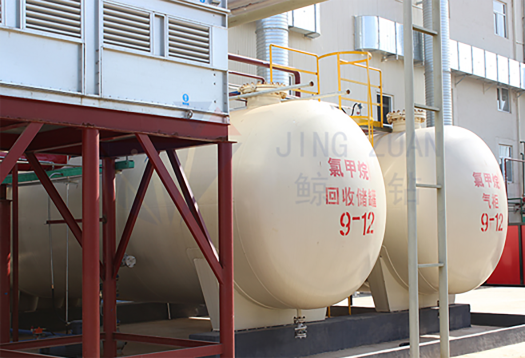
Dec . 13, 2024 19:31 Back to list
Current Pricing Trends for Methyl Hydroxyethyl Cellulose in the Market
The Price Dynamics of Methyl Hydroxyethyl Cellulose Understanding Market Trends
Methyl Hydroxyethyl Cellulose (MHEC) is a versatile cellulose ether widely used in various industries such as construction, pharmaceuticals, food, and personal care products. Its unique properties, including thickening, binding, and film-forming abilities, make it an essential ingredient that contributes significantly to the performance of different formulations. As with many industrial chemicals, the price of MHEC is influenced by several factors, including raw material costs, production processes, market demand, and global economic conditions.
Raw Material Costs
The primary raw materials for MHEC production are cellulose, methyl chloride, and ethylene oxide. Fluctuations in the prices of these materials can directly impact the cost of MHEC. For instance, cellulose is derived from wood pulp or cotton, and its price can be affected by factors such as forestry regulations, availability of raw materials, and climatic conditions impacting crop yields. In recent years, with an increased focus on sustainable sourcing and environmental regulations, the costs associated with procuring cellulose have seen variations, which ultimately contribute to the price changes of MHEC.
Production Processes
The synthesis of MHEC involves several chemical reactions, including etherification processes that convert cellulose into a more soluble form. Advances in production technologies can lead to cost efficiencies, thereby influencing market pricing. For example, producers who invest in modern equipment or more efficient production techniques may lower their operational costs, allowing them to offer competitive prices. Conversely, older production facilities that need significant upgrades might drive costs higher due to inefficiencies and outdated processes.
Market Demand and Application Expansion
MHEC is used in a multitude of applications—from construction materials like tile adhesives and wall coatings to food products as a stabilizing agent, and in pharmaceuticals as a thickening agent. The demand for MHEC continues to grow, particularly in sectors showing robust growth such as construction and personal care. As urbanization increases globally, the demand for construction activities has surged, driving MHEC consumption in building materials. Similarly, the rise of the natural and organic trends in personal care and food has prompted manufacturers to seek versatile ingredients such as MHEC, thus increasing its market demand.
methyl hydroxyethyl cellulose price

Geopolitical Influences
The global market for MHEC is also susceptible to geopolitical dynamics. Trade policies, tariffs, and international trade agreements can significantly impact supply chains and, consequently, pricing. Regions that are major producers of MHEC, such as Asia-Pacific, particularly China, are influential players in the global market. Any changes in trade relationships or regulations can lead to fluctuations in prices. Furthermore, economic instability in producing regions can result in supply constraints, thereby causing prices to rise.
Sustainability and Environmental Regulations
In recent years, there has been a strong push towards sustainability and environmentally friendly products. This shift is influencing the prices of MHEC as manufacturers are encouraged to adopt greener practices in production. While sustainable production methods may lead to higher operational costs initially, they can also create opportunities for product differentiation and possibly justify a higher price point in the market, appealing to an increasingly eco-conscious customer base.
Future Outlook
Looking ahead, the price of MHEC is expected to experience continued fluctuations influenced by the above-mentioned factors. Industry experts suggest that as demand grows, especially in emerging markets, pricing strategies will also evolve, with companies exploring ways to maintain competitiveness without compromising on quality. Additionally, innovations in formulation and application may lead to new markets for MHEC, potentially stabilizing and even lowering prices if supply can adequately meet the growing demand.
In conclusion, the pricing of Methyl Hydroxyethyl Cellulose is a complex interplay of multiple factors. Industry stakeholders must remain vigilant and adaptable to the dynamic market conditions to navigate the challenges and capitalize on the opportunities present in this essential chemical's market. As consumer preferences shift and sustainability becomes integral to manufacturing, understanding the nuances of MHEC pricing will be crucial for companies looking to thrive in the modern chemical landscape.
-
Versatile Hpmc Uses in Different Industries
NewsJun.19,2025
-
Redispersible Powder's Role in Enhancing Durability of Construction Products
NewsJun.19,2025
-
Hydroxyethyl Cellulose Applications Driving Green Industrial Processes
NewsJun.19,2025
-
Exploring Different Redispersible Polymer Powder
NewsJun.19,2025
-
Choosing the Right Mortar Bonding Agent
NewsJun.19,2025
-
Applications and Significance of China Hpmc in Modern Industries
NewsJun.19,2025







